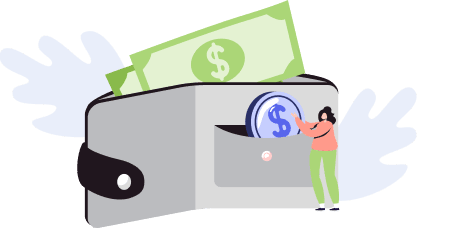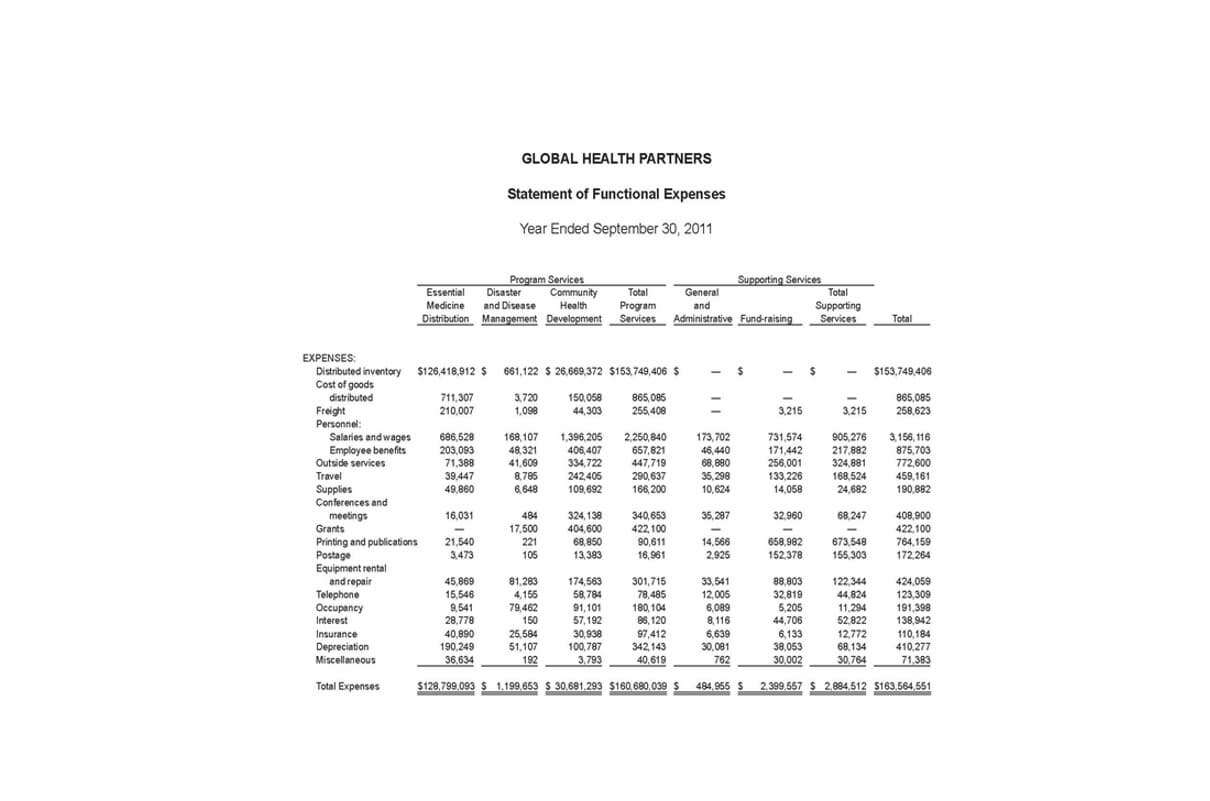Knowing this allows you to set targets for your sales teams and provide incentives for them (financial, promotion, shares etc.). For example, if the aim is to reduce the break-even point to become profitable more quickly, this may involve reducing fixed or variable costs, improving margins, or increasing sales prices. On the other hand, if the company wishes to gain market share, it might choose to accept a higher break-even point by adopting a lower price strategy to attract more customers. On the other hand, if the company struggles to reach this threshold, it may be a warning signal that costs are too high, selling prices too low, or dividend stocks definition sales volumes too low. It’s also useful to distinguish between the short- and long-term implications of the break-even point.
Some common examples of variable costs are commissions on sales, delivery charges, and temporary labor wages. In this case, you estimate how many units you need to sell, before you can start having actual profit. The fixed costs are a total of all FC, whereas the price and variable costs are measured per unit. Experiment with different pricing strategies, cost reductions, or sales volume adjustments to improve profitability and financial sustainability. Regularly revisiting and updating your break-even analysis ensures it remains relevant as market conditions change. You can also use it as a benchmark to track financial performance and adjust business strategies accordingly.
Break-even point via the contribution margin
- The algorithm does the rest for you – it automatically calculates your profit margin and markup, and your break-even point both in terms of units sold and cash revenue.
- It’s the million-dollar question—or at least the several-thousand-dollar question.
- A good pricing strategy takes advantage of these factors to maximize margins.
- Not only does this enable the company to set realistic sales targets, it also gives it greater control over its cost management strategy.
- By analyzing the break-even point, businesses can evaluate the minimum level of sales or production required to cover all expenses and reach a neutral financial position.
- With break-even analysis, you can identify the time and price at which your business will turn profitable.
Using the calculator above, plug in your numbers and see how many units (ie. products) you have to sell in a typical month to cover your costs. The calculator will also tell you the total revenue you will need to bring in to cover your fixed costs PLUS the costs of delivering your product or service. A break-even analysis template provides a structured view of all fixed and variable costs, making it easier to pinpoint inefficiencies and unnecessary expenditures. By identifying areas where costs can be reduced without compromising quality, businesses can improve profit margins and enhance operational efficiency. If you are looking to make and investment or startup your own business, it is important to know your break even point first.
The Role of Break-Even Analysis in Pricing Strategy
Results are presented prominently, making it easy for users to understand and interpret the financial insights provided. Once you know the number of break even units, it will give you a target which you and your staff can aim towards. A break even point could be an ongoing target, say 20 units per week. This provides motivation to work toward your goals and forms a Key Performance Indicator (KPI) that your sales and operations teams can use as a tangible benchmark for success. Our online calculators, converters, randomizers, and content are provided „as is“, free of charge, and without any warranty or guarantee.
Break Even Analysis Template Excel & Google Sheets
- For example, raising prices doesn’t necessarily mean more profit as sales are typically demand led.
- Where the contribution margin ratio is equal to the contribution margin divided by the revenue.
- That’s what efficiency is all about—and it’s crucial for understanding what you’re buying.
- It also covers any fixed and variable costs incurred on a monthly basis.
- By calculating how much revenue is required to cover total costs, businesses can determine if their venture is realistic and achievable.
- Rooftop systems can also run hotter due to limited airflow underneath, potentially accelerating degradation.
A 6kW system typically costs $15,000 to $21,000 before tax credits or incentives. This means you need to sell at least 67 units per month to cover your fixed and variable costs and present value of 1 table break even. The calculations will show you if your prices are compatible with your break even units goals. You might decide to raise the prices, but the comparable items in the market must be considered before doing that.
Residential Solar Panel Installations in the USA: Key Performance Metrics and Background Information
Fixed costs are costs that are incurred by an organization for producing or selling an item and do not depend on the level of production or the number of units sold. Some common examples of fixed costs include rent, insurance premiums, and salaries. You can see that all of these costs do not change even if you increase production or make more sales in a particular month. Calculating the break-even point helps you determine how much you will have to sell before prepaid insurance definition journal entries you can make profit.
Break-even formula
Understanding the break-even point is essential for assessing whether a product or service can sustain itself financially. By calculating how much revenue is required to cover total costs, businesses can determine if their venture is realistic and achievable. This insight is particularly valuable for startups, new product launches, or expansion plans, as it helps prevent premature financial losses. With a clear picture of financial sustainability, businesses can make informed go/no-go decisions and allocate resources more efficiently.
In the short term, breaking even is essential to ensure the company’s immediate survival. External circumstances, like trade agreements and changes in the political climate, have an impact on your sales. In such cases, break-even analysis will help you to decide on new prices for your products. The break-even point gives you a clear picture of how much time will it take for your business to recover any losses and break even again after a change in the business forecast. Variable costs are the costs that are directly related to the level of production or number of units sold in the market. Variable costs are calculated on a per-unit basis, so if you produce or sell more units, the variable cost will increase.
These warranties usually imply degradation rates below 0.8% per year, ensuring at least 80% of initial power output by the end of the 25-year warranty period. For residential solar panels on the market today, efficiency typically ranges between 18% and 24%. Most modern panels cluster around 20% efficiency—converting one-fifth of the sunlight hitting them into usable electricity.
A break-even analysis helps businesses quantify the impact of pricing decisions and avoid costly mistakes. Solar is financially worth it for most homeowners due to energy savings, tax credits, and rebates, with payback periods averaging 6-10 years. A system in this kilowatt range typically consists of between 15 to 19 solar panels. The exact number varies depending on the wattage of the individual panels you choose. When you consider that typical payback periods are 7-10 years, you’re looking at potentially 15-20+ years of essentially „free“ electricity after breaking even. This extended production period is what drives the attractive ROI figures we explored earlier.
On the basis of values entered by you, the calculator will provide you with the number of units you would require to reach a break-even point. Most homeowners break even within 7-10 years, though this varies dramatically by location—from under 4 years in Washington D.C. That’s enough electricity to power most of what happens in your home for an entire year. A study by NREL estimated the useful life of PV systems could range from 25 to 40 years depending on environmental conditions and other factors. According to recent EnergySage Marketplace data, the national average stands at approximately $2.56/W before any incentives kick in.
For example, raising prices doesn’t necessarily mean more profit as sales are typically demand led. That means that the more people want things, the higher the demand. The less availability, the easier it is to increase the relative value of a product.
In 2025, most home solar panels offered on the market have power output ratings between 390 and 460 watts. While power output isn’t the same as efficiency, higher wattage panels often (but not always) indicate better efficiency within a standard-sized panel. The break even point should be regarded as the starting point of your pricing analysis, not the end. You should take Price Elasticity into consideration when developing a pricing strategy.
A Break-Even Analysis Template is a financial tool that helps businesses determine the exact point at which revenue generated matches total costs, ensuring neither profit nor loss. It’s critical for assessing the feasibility of launching new products, setting prices, and making investment decisions. It also simplifies the process by structuring fixed and variable costs, projected sales, and pricing models into a clear framework. By using a break-even analysis template, businesses gain a data-driven approach to understanding their financial position, minimizing risks, and setting realistic revenue goals. Break-even analysis is a fundamental concept in finance that helps businesses determine the point at which their total revenue equals total costs, resulting in neither profit nor loss. Our user-friendly Break-Even Calculator is a simple online tool designed to calculate the break-even point using fixed costs, variable costs, price per unit, and expected sales.
This chart shows how many 400W solar panels are typically needed to build a residential solar power system in the USA. The typical lifespan expectation for residential solar panel systems in the USA is approximately 25 to 30 years. This period is generally considered the „useful life“ of the panels—the time during which they’ll perform at a significant percentage of their original capacity. You sell each item for $50, and it costs you $20 in materials and labor to make each item. You also have fixed costs of $2,000 per month to cover rent, utilities, and other expenses.
For context, the average American household consumes around 11,000 kWh annually. This means a properly sized system can potentially cover nearly all of your electricity needs. Some homeowners choose to offset only a portion of their usage, perhaps 50-75%, while others aim for 100% or even excess production if their utility offers favorable net metering. Return on investment (ROI) considers the complete financial picture—all benefits over the system’s lifespan compared to your initial costs.
The more a company produces or sells, the more these costs increase. Fixed costs are those expenses that do not vary according to the company’s level of activity. For example, rent, salaries of permanent employees or insurance costs remain the same, whatever the volume of production or sales achieved. These costs must be covered if the company is to continue to operate, irrespective of sales. The break-even point is the point at which a company’s revenues equal its costs, and means that your business has neither lost nor made any money. Obviously, the aim of a business owner is to exceed this threshold in order to make a profit, which is why it’s essential to know how to calculate the break-even point.









